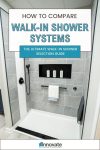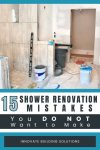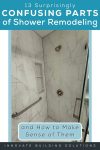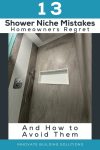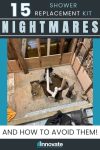5 Questions about Accessible Barrier Free Wet Room Shower Systems
As people are looking to stay in their homes longer the need for accessible showers has never been greater. Since most people have not remodeled their bathrooms for accessibility they generally have a lot of questions going into the process. Some of these questions might include:
- What is needed to make a showering space accessible? What is the difference between a zero threshold shower and one that is barrier free?
- What options are available in zero threshold showers? Can they be used with various types of floors?
- Who(m) can install this type of product? Is it something I can do myself?
- Do I need to follow ADA guildelines?
- Where can I get a shower base and the proper accessories to make my space accessible and also provide a way for a caregiver to assist in the showering process?
The article below will provide answers to these questions and also offer some information on what type of accessible showering system to consider:
Question 1 – What is needed to make a showering space accessible? What is the difference between a zero threshold shower and one that is barrier free?
For a shower to be accessible it is usually requires that the base be (A) barrier free (meaning it will have a ramp on the inside – i.e. there is not a curb to step over) or (B) to have a shower pan is zero threshold (meaning it is flat with the bathroom floor).
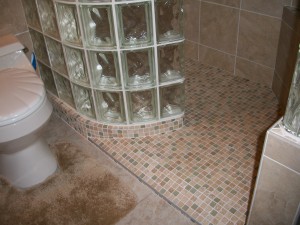
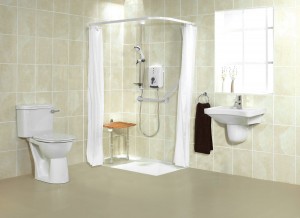
Question 2 – What options are available in zero threshold showers? Can they be used with various types of floors?
There have been a lot of advancements in zero threshold showers (also called wet rooms). One popular system is made by AKW and it uses a glass reinforced plastic base (this is the same material that aircrafts are made with) which provides superior structure and strength. These bases can be used with tile, wood or vinyl bathroom floors and are generally set right on the joists to make them flat with the surrounding bathroom floor. All bases are pre-sloped to a drain.
Question 3 – Who can install this type of system for me? Is it possible to be a DIY project?
The best people to install these types of systems are bathroom remodeling contractors that are also Certified Aging in Place Specialists (Certified Aging in Place Specialists have specific training through the National Association of Home Builders on how to design spaces for accessibility). It is possible to install these bases as a do it yourselfer if you are comfortable with plumbing and bath remodeling.
Question 4 – Do I need to follow ADA guidelines?
The short answer is no if you are creating a shower for a private residence. ADA (which stands for the Americans with Disabilities Act) are standards required for public spaces only. With that being said the ADA guidelines are good standard to consider in an accessible design.
Question 5 – Where can I get a shower base and the proper accessories to make my space accessible and also provide a way for a caregiver to assist in the showering process? What are the most common accessories needed with a zero threshold shower?
Accessible shower bases and accessories can be purchased through plumbing wholesalers or companies that specialize in accessibility products. The most common accessories include safety grab bars, hand held showers and caregiver doors.
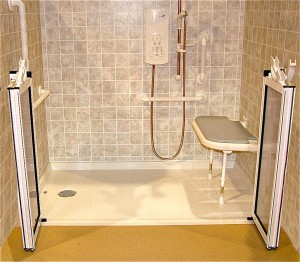
What additional questions or input do you have about accessible showers?
If you’re looking for more information or an estimate to install an accessible barrier free shower visit The Bath Doctor of Cleveland (216-531-6085) or Columbus (614-252-7294).For nationwide direct product sales call Innovate Building Solutions (877-668-5888). For complete bathroom remodeling contact Cleveland Design & Remodeling (216-658-1270) – a Certified Aging in Place Specialist.
